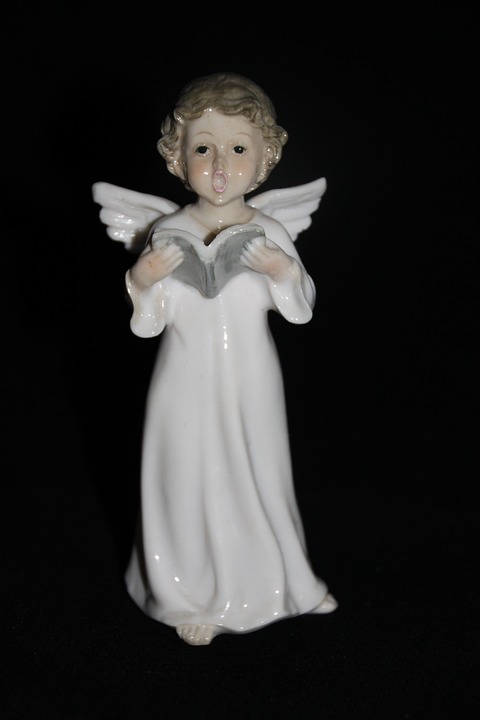Tips for Treating Constipation in Fish Tanks: A Comprehensive Guide
Introduction:
Fish tanks are a beautiful addition to any home or office, providing a serene and captivating display of aquatic life. However, just like any living creature, fish can experience health issues, including constipation. Constipation in fish can be a serious problem if left untreated, leading to discomfort, loss of appetite, and even death. In this comprehensive guide, we will explore the signs of constipation, the causes, preventive measures, and effective treatment options to ensure the well-being of your fish.
I. Identifying the Signs of Constipation:
1. Abnormal Swimming Patterns: Constipated fish often exhibit erratic swimming patterns, such as floating near the water’s surface or sinking to the bottom.
2. Loss of Appetite: A fish that is constipated may show a lack of interest in food, refusing to eat or eating significantly less than usual.
3. Distended Abdomen: An enlarged abdomen is a common sign of constipation in fish. The belly may appear swollen or bloated.
4. Fecal Accumulation: When constipated, fish may have difficulty passing waste, resulting in the accumulation of feces in the tank.
II. Causes of Constipation in Fish Tanks:
1. Overfeeding: One of the main causes of constipation in fish is overfeeding. Excess food can lead to indigestion and blockage in the digestive system.
2. Inadequate Diet: Fish require a balanced diet to maintain optimal health. Lack of essential nutrients can lead to digestive issues, including constipation.
3. Lack of Fiber: Fiber plays a crucial role in promoting healthy digestion. Insufficient fiber in a fish’s diet can contribute to constipation.
4. Water Quality Issues: Poor water quality, such as high levels of ammonia or nitrate, can disrupt a fish’s digestive system, leading to constipation.
III. Implementing Preventive Measures:
1. Proper Feeding Practices: Feed your fish in small portions, only giving them what they can consume within a few minutes. Avoid overfeeding, as it can lead to constipation.
2. Balanced Diet: Ensure your fish’s diet includes a variety of high-quality pellets, flakes, and freeze-dried or frozen foods. This will provide the necessary nutrients for healthy digestion.
3. Incorporating Fiber-Rich Foods: Introduce fiber-rich foods into your fish’s diet, such as peas, spinach, or spirulina. These foods can help regulate digestion and prevent constipation.
4. Regular Water Changes and Filtration: Maintain clean and well-filtered water in your fish tank to minimize the risk of water quality-related constipation.
IV. Treating Constipation in Fish Tanks:
1. Fasting Periods: Temporarily withhold food from your fish for 24 to 48 hours. This fasting period allows their digestive system to reset and clear any blockages.
2. Pea Treatment: Cooked and mashed peas can act as a natural laxative for fish. Remove the skin and feed a small amount to your constipated fish.
3. Epsom Salt Bath: Dissolve Epsom salt in a separate container of dechlorinated water and soak your fish for 15-20 minutes. The Epsom salt bath can help stimulate bowel movements.
4. Daphnia or Brine Shrimp Feeding: Daphnia or brine shrimp are natural laxatives for fish. These live or freeze-dried foods can be fed to constipated fish to help alleviate the issue.
V. FAQs about Treating Constipation in Fish Tanks:
1. How long should I fast my fish during treatment? A fasting period of 24 to 48 hours is generally sufficient, but monitor your fish closely and resume feeding if there are any signs of distress.
2. Can I use regular garden peas for the pea treatment? Yes, regular garden peas can be used for the pea treatment. Make sure to remove the skin before feeding.
3. How frequently should I perform Epsom salt baths? Epsom salt baths should only be performed as needed and not as a regular treatment. Consult with a fish veterinarian for guidance.
4. Are there any risks associated with using daphnia or brine shrimp for treatment? Daphnia or brine shrimp are generally safe for fish, but be cautious of overfeeding. Excess food can worsen constipation or lead to other digestive issues.
5. Can constipation in fish tanks be prevented completely? While it is not always possible to prevent constipation entirely, implementing proper feeding practices, a balanced diet, and regular tank maintenance significantly reduce the risk.
Conclusion:
Maintaining the health of your fish is essential for a thriving fish tank. By understanding the signs, causes, preventive measures, and treatment options for constipation, you can ensure your fish’s well-being. Regular monitoring, proper feeding practices, and a balanced diet will contribute to a happy and healthy aquatic environment. Remember to consult with a fish veterinarian for specific advice and guidance tailored to your fish’s needs.









